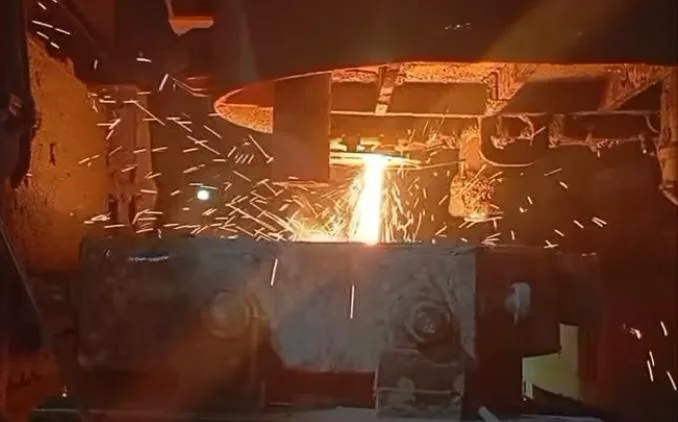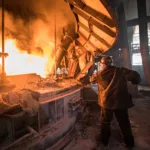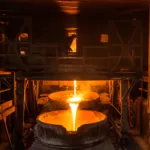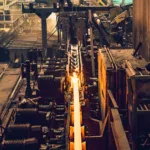Optimizing Charge Mix and Process Efficiency in Steelmaking
DKP scrap, derived from deep-drawing press operations, is a high-quality, low-carbon sheet metal waste material that plays a vital role in steel production. Thanks to its uniform composition and low alloy content, it is ideal for producing clean, high-grade steel.
However, to unlock the full value of DKP scrap, it must be used at the right ratio, at the right time, and within the right process conditions.
In this article, we explain what DKP scrap is, where it’s used, what benefits it offers, and how to use it effectively in your production operations.
What Is DKP Scrap?
DKP (Deep Drawing Press) scrap comes from offcuts, trimmings, and leftover sheet metal in industries such as:
-
Automotive manufacturing
-
White goods (appliances)
-
Metal stamping and forming
Key Properties:
-
Low carbon content (typically 0.03%–0.07%)
-
Clean surface, free of paint, oil, and coatings
-
Often compressed into dense bales
-
Thin sections that melt quickly and efficiently
These traits make DKP scrap ideal for improving melt efficiency and steel purity.
Where Is DKP Scrap Used?
-
Electric Arc Furnaces (EAF)
-
Induction Furnaces
-
Converter Systems
-
Facilities producing low-alloy or carbon steels
-
Precision applications (e.g., wire, rod, sheet production)
Best Practices for Using DKP Scrap
1. Charging Ratio and Process Stability
Because DKP scrap is thin and melts rapidly, using it alone can cause energy spikes and arc instability in EAFs.
To stabilize the melt:
-
Combine with heavier scrap like HMS 1/2
-
Suggested mix: 20–40% DKP + 60–80% HMS
-
Too much DKP can lead to excessive slag and energy imbalance
2. Cleanliness & Surface Contaminants
DKP from automotive or appliance sources may contain oil, grease, or paint. These contaminants can lead to:
-
Smoke, flare-ups, and gas formation
-
Slag instability
-
Refractory damage due to thermal shock
Solution:
-
Source-separate and pre-clean scrap
-
Conduct surface cleanliness checks before charging
3. Furnace Loading and Bale Handling
DKP is usually delivered in compressed bales. These:
-
Should not be charged whole
-
Must be broken up or evenly layered to maintain airflow and arc stability
-
Poor charging can block furnace circulation and reduce efficiency
4. Chemical Composition & Alloy Balance
DKP scrap is ideal for carbon steel, but:
-
If producing high-alloy grades (Mn, Cr, Ni), DKP can dilute alloy levels
-
Use only with certified chemical composition reports when targeting tight alloy specs
Benefits of Proper DKP Scrap Use
-
Faster melting = improved energy efficiency
-
Low carbon = easier alloy control
-
Cleaner surface = less slag formation
-
Fewer contaminants = better steel quality
-
Reduced refractory wear = longer furnace life
-
Improved homogeneity in molten steel
Conclusion
When used correctly, DKP scrap is a valuable raw material that can improve quality, reduce melting time, and lower costs. But due to its thin profile, low carbon content, and high reactivity, it must be charged carefully and in controlled proportions.
How Alpha Refractory LLC Supports DKP Optimization
We provide engineering-backed consulting to address real-world issues like:
-
Charge balance & power stability
-
Refractory stress and damage
-
Efficiency loss due to mismanaged DKP use
From alloy planning to furnace performance tuning, Alpha Refractory LLC is your partner for getting the most out of DKP scrap—safely and sustainably.




